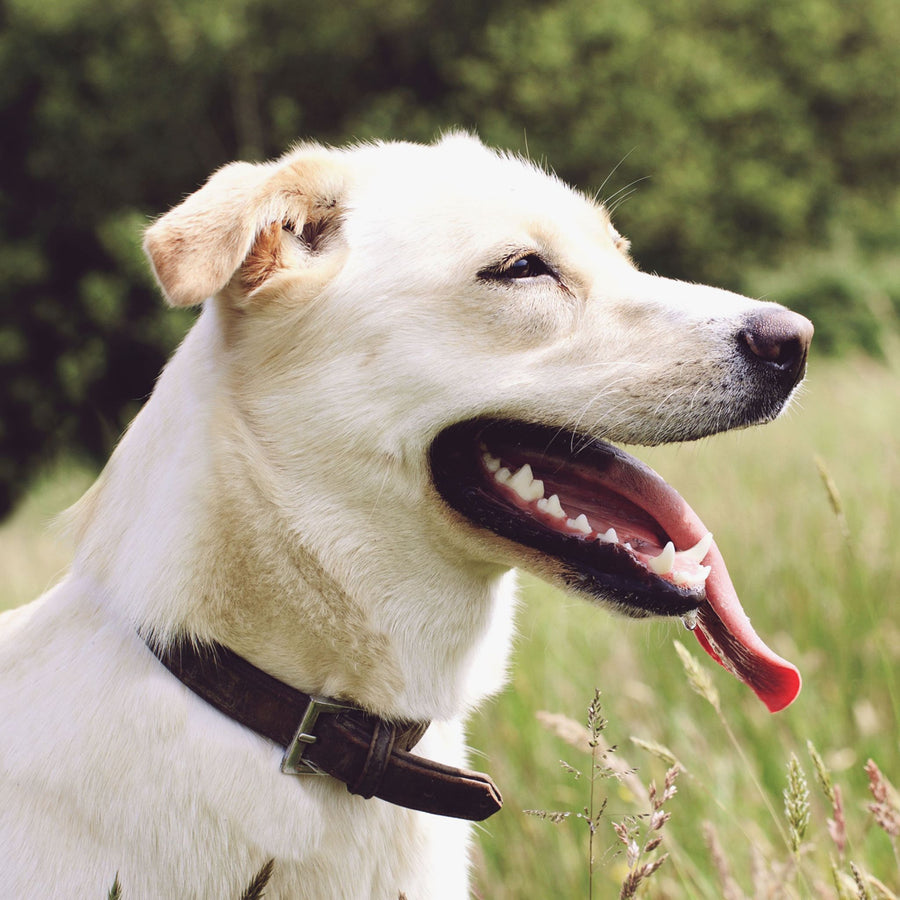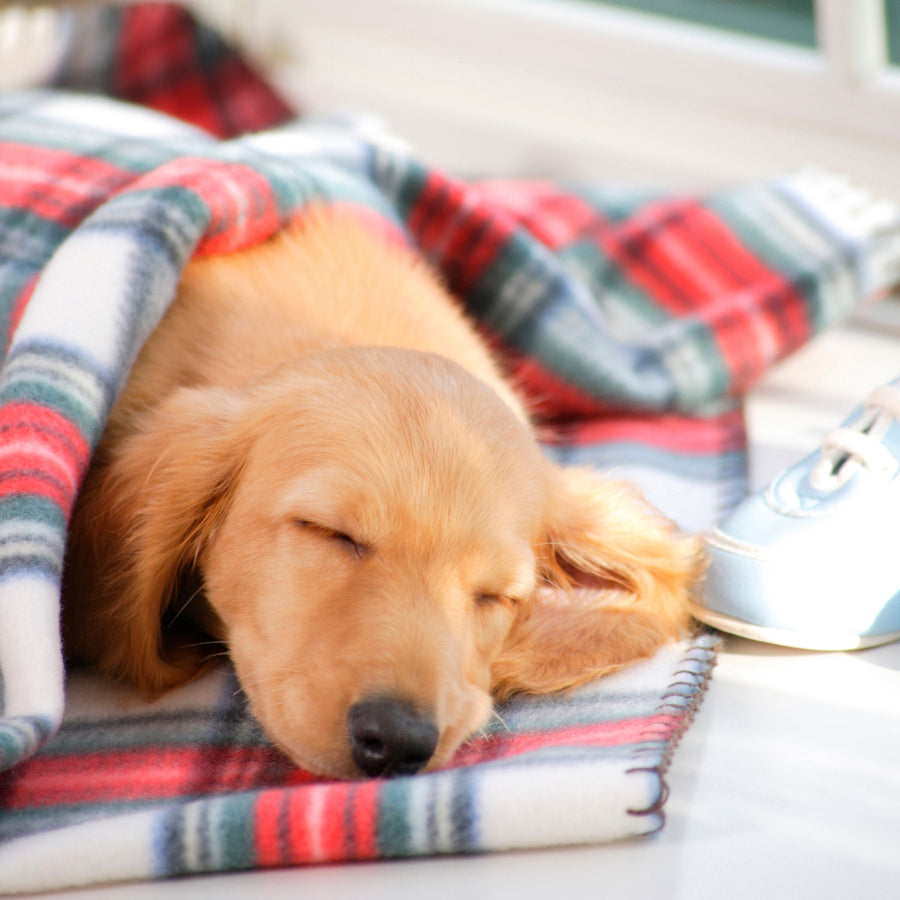Allowing Your Dog to Say No
The ability to make choices is powerful.
Think of this within context of your own life. If you typically have weekends off, you can choose to go for a day trip, visit friends or simply vegetate all day. Juxtapose that with a typical workday. You must get up at a certain time to get to work. You must arrive at a certain time. You must complete certain tasks and you must do them a certain way. Vastly different experiences, aren't they?
But we need to dig a little deeper.
Let's say you have a project that you absolutely, positively have to do. It has a hard deadline that is fast approaching. This burdensome project from hell was forced upon you by the higher-ups who seemingly are putting your entire livelihood on the line with how you perform, and you have been completely dreading it. A fairly miserable experience.
Then there is another project that you came upon yourself. May not even be all that important, but it is something that has perked your interest. Working on it gives you sense of accomplishment. You feel pretty darn good working on this!
What is the difference between these two scenarios?
One project is being forced upon you with the highest of expectations and pressure.
While the other project is one you have control over, you find rewarding and is not so stifling.
"What on earth does that have to do with dog training, Santos?!"
A lot actually. Your dog is likely having big and challenging projects dumped on them day-in and day-out, ad nauseam, with an incredible amount of pressure. Every. Single. Day. Can you say unpleasant?
Is there a way you can shift this dynamic? Make it so that training is not a drill, but rather an intriguing project they have a say in? Yes, yes there is.
First, see how you can frame the exercise so it is in the dog's best interest. Are there ways you can make it so that playing the game was their idea in the first place? For instance, if you are working on building the dog offering you attention, rewarding heavily when they offer this and ignoring them when they don't. Then, if they happen to offer you attention outside of the "formal training context", it seemingly turns you on and the game commences. You are still working on the core behavior you want to teach (the dog paying attention to you), but the dog feels as though they are in the driver's seat.
Second, allowing your dog to give input throughout the training process.
"What on earth does that mean?!"
Noticing when the dog is getting tired, and ending the session there on a good note instead of drilling the exercise to death.
Maybe you saw your dog shy away from something during a training session. Giving your dog input in this context would mean you don't force them to interact with this worrisome or scary thing. Instead, you create distance and set them up for success, perhaps working on that scary thing in a completely different context and session.
Asking your dog to do something physical such as jumping or running, and noticing if they balk at it. So, instead of saying, "Stop being so stubborn! Do as I say!", you try to determine if they are sore or otherwise injured, or again, just tired. Remember, our dogs, albeit athletes, are not robots. They need breaks too.
"But there are things my dog MUST do, like be groomed or have their nailed trimmed!"
Your dog can still make choices.
For both of these scenarios, you can sit on the floor with your brush or nail clippers, along with a bunch of small, high-value treats or something they can lick like a stuffed Kong, and just wait. If they come over to you, willingly and without coercion or force, you give them a goodie. Then try to bring the brush or nail clippers near them. They get up and leave, that is okay.
"WHAT?!"
Remember, we are giving the dog a choice. You are also training here. This will be a process. It will take time.
So, the dog has left and you remain sitting on the floor.
You have all the high-value stuff they want. The only way they can get access to this stuff is by coming back to you. But: the-choice-is-theirs-to-make.
When they do come back, give quiet praise and feed them another goodie. If they sit or lay down, that means they get paid 3-5 goodies, one right after another; those behaviors pay more than simply walking over to you.
You then do one pass with the brush or one nail with the clippers. If they didn't move, you give them a HUGE jackpot. We're talking 5-10 small treats one right after another.
Then you allow them to make a choice again.
Toss a treat away from you for them to chase. And then wait.
Do they come back? If so, great! Give them another goodie and try again. Do this a maximum of 5 times and then end your session with a big party.
Do they stay away? That is okay too. This is your dog saying, "No". Good information to have! They need more time to be comfortable with this exercise. Wait them out, and if they do come back, give them a goodie without doing anything with the brush or nail clippers and end-the-session-there. You have just told the dog, "If you are really uncomfortable, I will listen to you. But, if you are brave and come back to me, you get a goodie. What a good dog." Work on this bit by bit until you can do an entire grooming or nail trimming session.
Will this take time? Days? Weeks? Maybe even months? Yes. Is it worthwhile using this approach instead of tackling your dog, physically fighting them, stressing them out and you potentially getting bit? Absolutely.
Allowing your dog to say, "No" is a powerful way to train. It recognizes if they are tired, scared or confused. It prevents you from dragging them out of the, "This is a fun game I love to play" state of mind to the, "Ugh, I HATE doing this!" outlook.
What are a few of the ways you can think of where you dog can be granted more choices?
Dianna L. Santos has been professionally training dogs since 2011. Having specialized in working with fearful, reactive and aggressive dogs, Dianna's main goal is to help dogs learn how to be successful in a human world. She does this by outlining ways dog owners can better understand their dogs while designing fun and effective training programs and games both ends of the leash will enjoy. Dianna is also particularly passionate about Scent Work is on a mission to promote the idea that ALL dogs should be playing the sniffing game!

